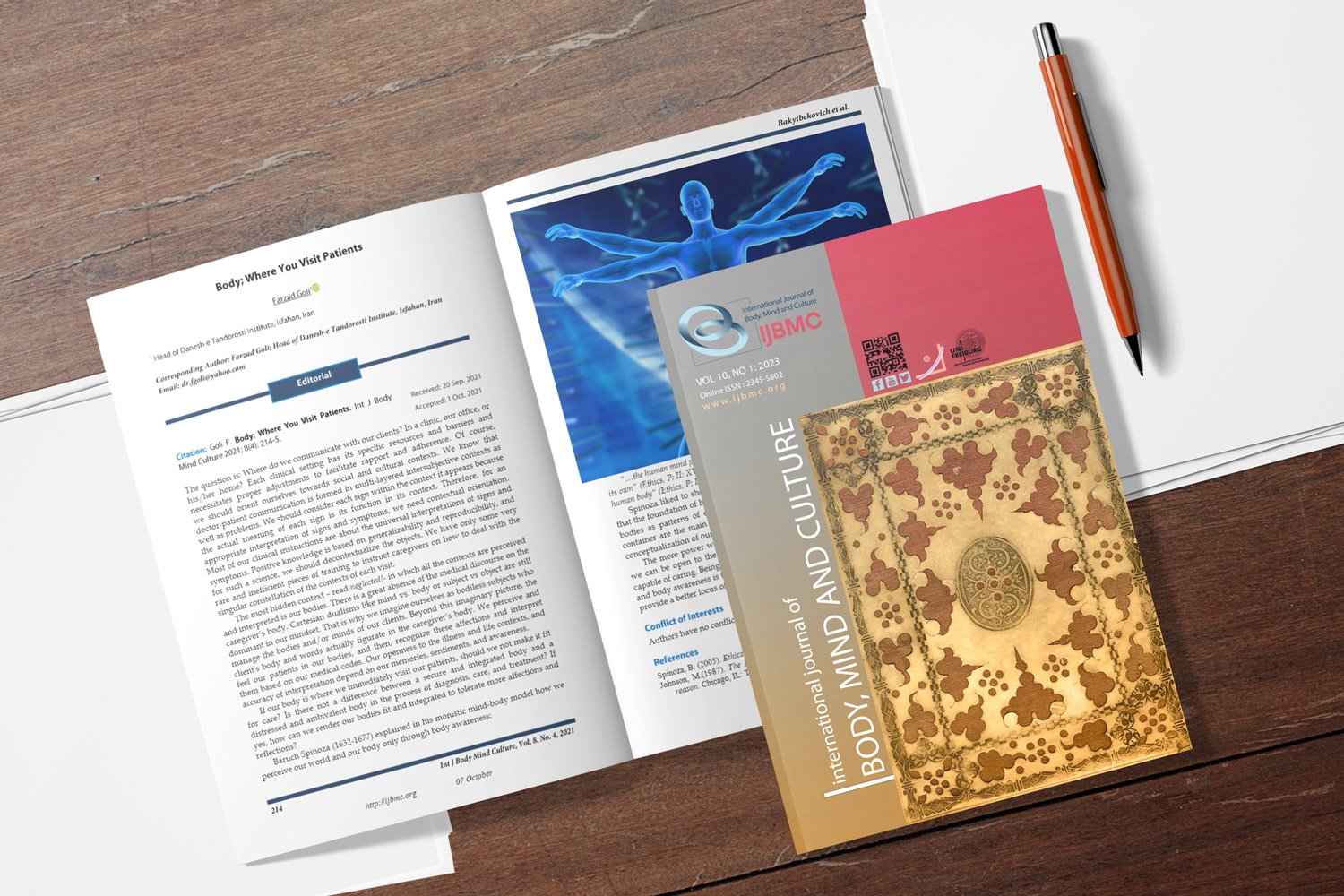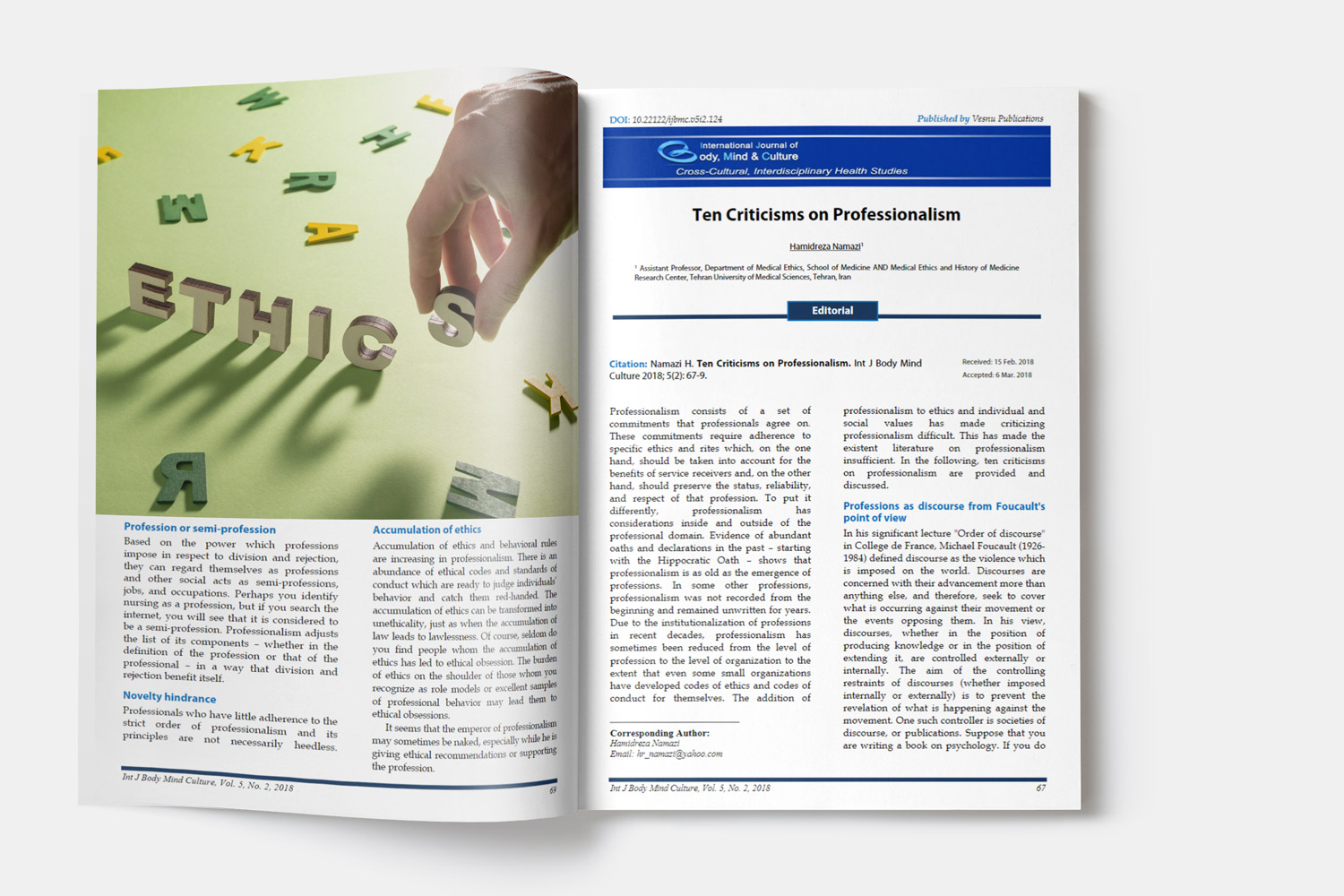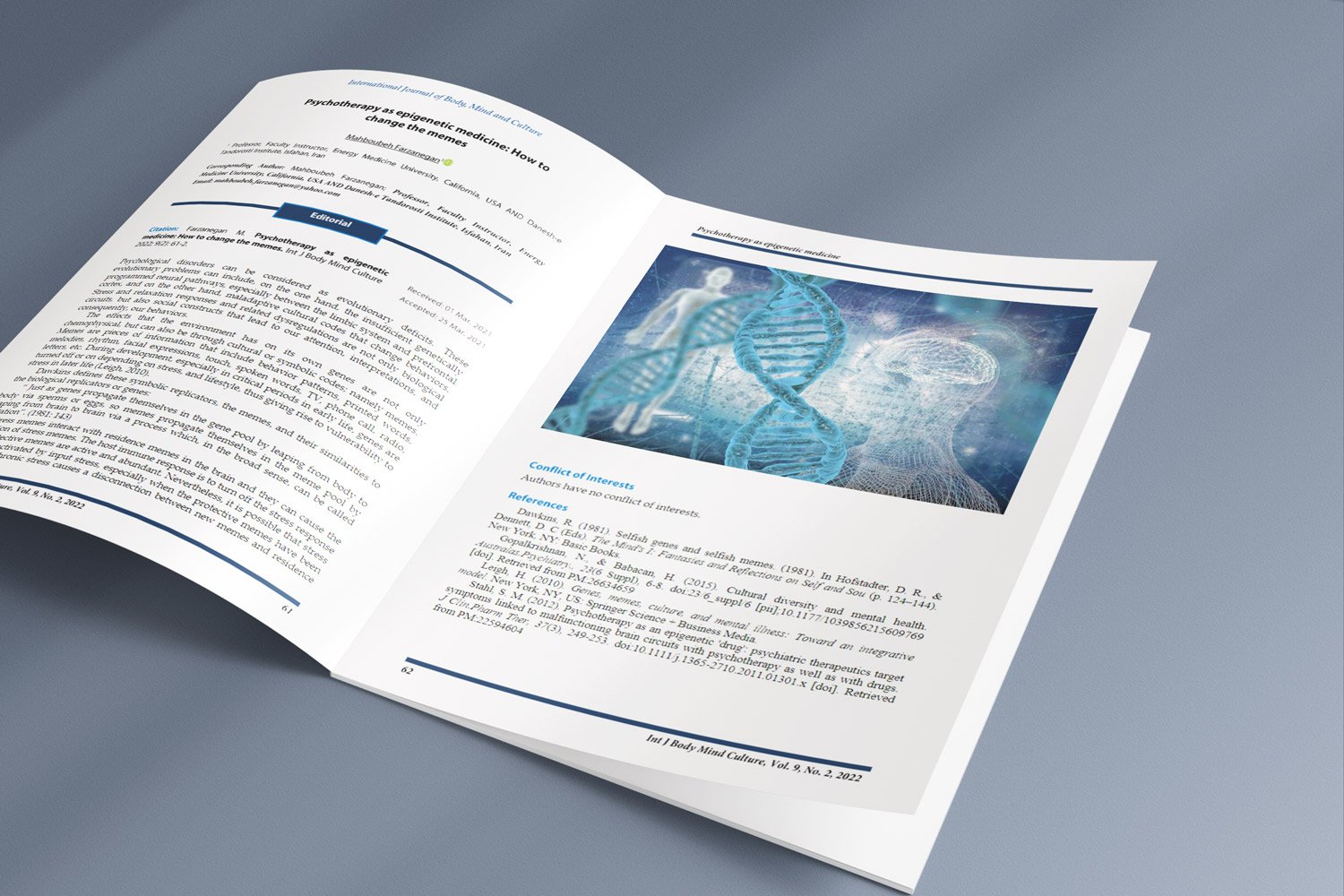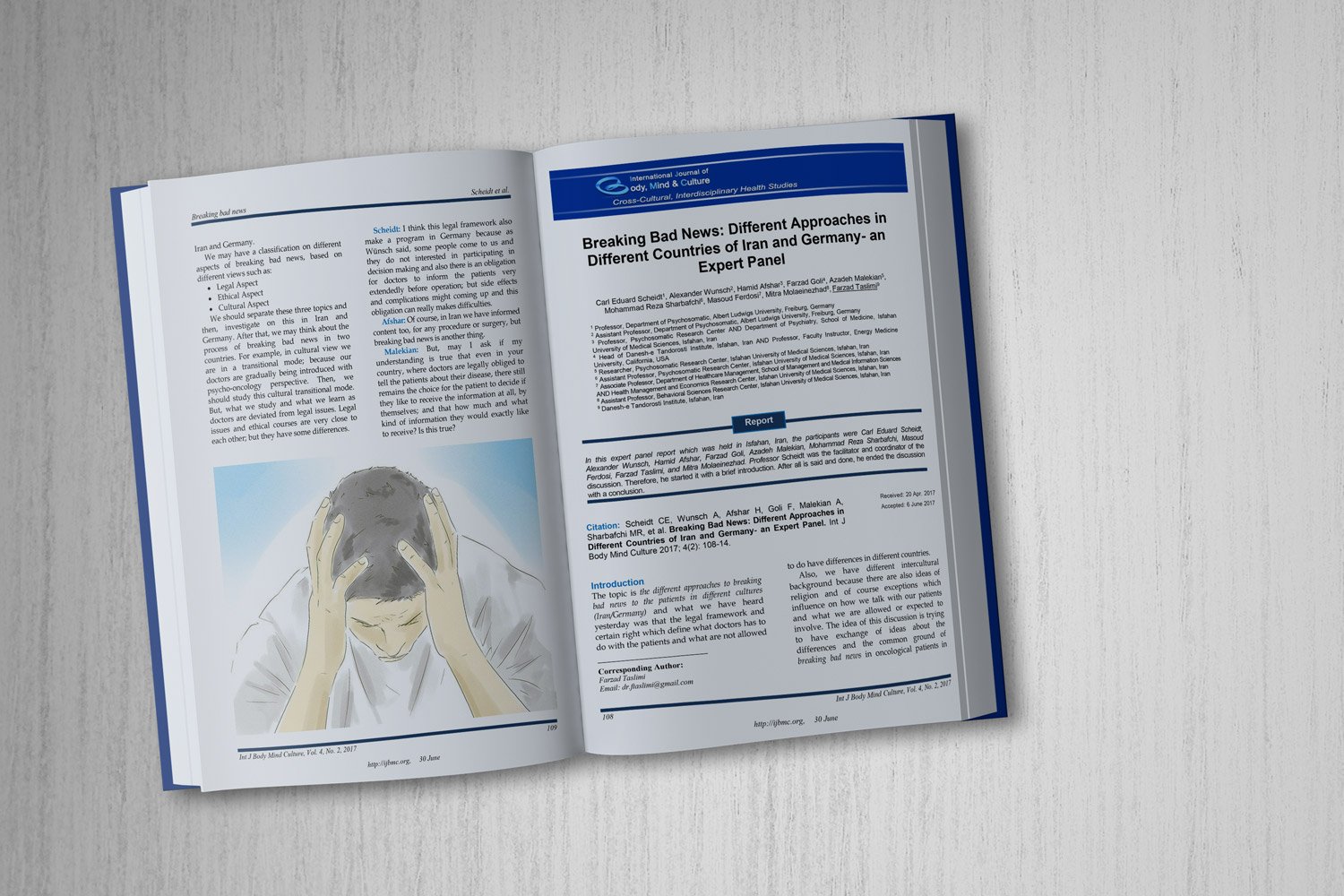Association Between Sleep Quality and Job Stress Among Night-Shift Nurses in Critical Care Units: A Cross-Sectional Study
Downloads
Objective: The current study aimed to investigate the association between sleep quality and job stress among night-shift critical care nurses, while examining how socio-demographic factors influence these issues within the working hours system in effect.
Methods and Materials: A cross-sectional study was conducted with the participation of 178 night-shift critical care nurses working in three randomly selected governmental healthcare facilities. Participants were selected via the availability sampling method. Demographic characteristics, Pittsburgh Sleep Quality Index (PSQI), and the Expanded Nurses Stress Scale (ENSS) were collected. Data collection took place from September 12, 2024, to October 29, 2024. SPSS 27 was used for data analysis.
Findings: Among the 178 nurses, 62.9% were classified as having poor sleep quality, while 37.1% had good sleep quality. A significant proportion of participants (51.1%) reported high job stress levels. The results revealed a significantly positive correlation between sleep quality and job stress.
Conclusion: The study identifies a strong association between sleep quality and job stress among night-shift critical care nurses. Key demographic factors influencing these outcomes were highlighted, offering insights for targeted interventions.
Downloads
Al-Twigey, M., & Al-Fayyadh, S. (2024). Inter-professional Team Collaboration among Health Care Team Members in Critical Care Units: Targeting Cooperating, Coordinating, and Partnership in Najaf Governorate, Iraq. The Malaysian Journal of Nursing, 16(Suppl 1), 68-78. https://doi.org/10.31674/mjn.2024.v16isupp1.007
Alameri, R. A., Almulla, H. A., Al Swyan, A. H., & Hammad, S. S. (2024). Sleep quality and fatigue among nurses working in high-acuity clinical settings in Saudi Arabia: a cross-sectional study. BMC Nursing, 23(1), 1-7. https://doi.org/10.1186/s12912-023-01693-z
Alaradi, F. A., Priya, G., & Al-Darazi, F. (2022). Sleep Quality and Work Performance Among Shift Work Critical Care Nurses: A Cross-Sectional Study. Bahrain Medical Bulletin, 44(4). https://search.ebscohost.com
Alsalim, S. S., & Salhi, F. (2022). Investigating Stressors and Identifying Coping Strategies of Frontline Nurses during the COVID-19 Pandemic in Sharjah Primary Health Center: A Quantitative Research Study. Open Journal of Nursing, 12(07), 505-524. https://doi.org/10.4236/ojn.2022.127034
Amarneh, B. H. (2017). Social support behaviors and work stressors among nurses: a comparative study between teaching and non-teaching hospitals. Behavioral Sciences, 7(1), 5. https://www.mdpi.com/2076-328X/7/1/5
Bolado, G. N., Ataro, B. A., Gadabo, C. K., Ayana, A. S., Kebamo, T. E., & Minuta, W. M. (2024). Stress level and associated factors among nurses working in the critical care unit and emergency rooms at comprehensive specialized hospitals in Southern Ethiopia, 2023: explanatory sequential mixed-method study. BMC Nursing, 23(1SP - 341). https://doi.org/10.1186/s12912-024-02004-w
Bracci, M., Ciarapica, V., Copertaro, A., Barbaresi, M., Manzella, N., Tomasetti, M., & et al. (2016). Peripheral skin temperature and circadian biological clock in shift nurses after a day off. International Journal of Molecular Sciences, 17(5). https://doi.org/10.3390/ijms17050623
Burek, K., Rabstein, S., Kantermann, T., Vetter, C., Rotter, M., Wang, S. R., & et al. (2022). Night work, chronotype, and cortisol at awakening in female hospital employees. Scientific Reports, 12(1), 1-13. https://doi.org/10.1038/s41598-022-10054-w
Cannizzaro, E., Ramaci, T., Cirrincione, L., & Plescia, F. (2019). Work-related stress, physio-pathological mechanisms, and the influence of environmental genetic factors. International Journal of Environmental Research and Public Health, 16(20). https://doi.org/10.3390/ijerph16204031
Chang, Y. S., Wu, Y. H., Hsu, C. Y., Tang, S. H., Yang, L. L., & Su, S. F. (2011). Impairment of perceptual and motor abilities at the end of a night shift is greater in nurses working fast-rotating shifts. Sleep Medicine, 12(9), 866-869. https://doi.org/10.1016/j.sleep.2011.03.018
Chegini, Z., Asghari Jafarabadi, M., & Kakemam, E. (2019). Occupational stress, quality of working life, and turnover intention amongst nurses. Nursing in Critical Care, 24(5), 283-289. https://doi.org/10.1111/nicc.12419
Clement-Carbonell, V., Portilla-Tamarit, I., Rubio-Aparicio, M., & Madrid-Valero, J. J. (2021). Sleep quality, mental and physical health: A differential relationship. International Journal of Environmental Research and Public Health, 18(2), 1-8. https://doi.org/10.3390/ijerph18020460
Deng, X., Liu, X., & Fang, R. (2020). Evaluation of the correlation between job stress and sleep quality in community nurses. Medicine (United States), 99(4), 1-7. https://doi.org/10.1097/MD.0000000000018822
Diannita, C. G., Permatasari, H., & Mulyono, S. (2024). Occupational Stress and Professional Quality of Life Among Community Health Nurses During the COVID-19 Pandemic. Journal of Holistic Nursing, 42(2_suppl), S110-S117. https://doi.org/10.1177/08980101231204774
Fadae Aghdam, N., Ameri, M., Goli, S., & Imeni, M. (2020). Relationship Between Sleep Quality and Job Stress of Nurses in Different Shifts. Avicenna Journal of Nursing and Midwifery Care, 28(2), 103-111. https://doi.org/10.30699/ajnmc.28.2.103
Fang, Y., Yang, J., Zhang, M., Song, J., & Lin, R. (2022). A Longitudinal Study of Stress in New Nurses in Their First Year of Employment. International Journal of Clinical Practice, 2022, 1-6. https://doi.org/10.1155/2022/6932850ER -
Faraji, A., Karimi, M., Azizi, S. M., Janatolmakan, M., & Khatony, A. (2019). Evaluation of clinical competence and its related factors among ICU nurses in Kermanshah, Iran: A cross-sectional study. International Journal of Nursing Sciences, 6(4), 421-425. https://doi.org/10.1016/j.ijnss.2019.09.007
Feng, H., Qi, X., Xia, C., Xiao, S., & Fan, L. (2021). Association between night shift and sleep quality and health among Chinese nurses: A cross‐sectional study. Journal of Nursing Management, 29(7), 2123-2131. https://doi.org/10.1111/jonm.13351
French, S. E., Lenton, R., Walters, V., & Eyles, J. (2000). An empirical evaluation of an expanded nursing stress scale. Journal of Nursing Measurement, 8(2), 161-178. https://doi.org/10.1891/1061-3749.8.2.161
Gao, S. (2022). Analysis of Maslow's Hierarchy Theory in Today's Team Management. 2022 4th International Conference on Economic Management and Cultural Industry (ICEMCI 2022.
Gruber, R. (2013). Making room for sleep: The relevance of sleep to psychology and the rationale for development of preventative sleep education programs for children and adolescents in the community. Canadian Psychology, 54(1), 62-71. https://doi.org/10.1037/a0030936
Güngördü, N., Kurtul, S., & Erdoğan, M. S. (2023). Evaluation of Sleep Quality, Work Stress, and Related Factors in Hospital Office Workers. Medicina del Lavoro, 114(3). https://doi.org/10.23749/mdl.v114i3.14033
Holding, B. C., Sundelin, T., Lekander, M., & Axelsson, J. (2019). Sleep deprivation and its effects on communication during individual and collaborative tasks. Scientific Reports, 9(1), 1-9. https://doi.org/10.1038/s41598-019-39271-6
Howells, M. E., Dancause, K., Pond, R., Rivera, L., Simmons, D., Alston, B. D., & Amarneh, B. (2020). Maternal marital status predicts self‐reported stress among pregnant women following Hurricane Florence. Social Support Behaviors and Work Stressors among Nurses: A Comparative Study between Teaching and Non-Teaching Hospitals. American Journal of Human Biology, 32(4), 5. https://doi.org/10.1002/ajhb.23427 10.3390/bs7010005
James, L., Caruso, C. C., & James, S. P. (2020). Pilot test of "NIOSH Training for law enforcement on shift work and long work hours.". Journal of Occupational and Environmental Medicine, 64(7), 599-606. https://doi.org/10.1097/JOM.0000000000002534
Khodadadi, E., Hosseinzadeh, M., Azimzadeh, R., & Fooladi, M. (2016). The relation of depression, anxiety, and stress with personal characteristics of nurses in hospitals of Tabriz, Iran. International Journal of Medical Research and Health Sciences, 5(5), 140-148. https://www.indianjournals.com
Kumar, A., Pore, P., & Gupta, S. A. U. W. A. (2016). Level of stress and its determinants among Intensive Care Unit staff. Indian Journal of Occupational and Environmental Medicine, 20(3), 129. https://doi.org/10.4103/0019-5278.203137
Lewis, L. D. (2021). The interconnected causes and consequences of sleep in the brain. Science (80- ), 374(6567), 564-568. https://doi.org/10.1126/science.abi8375
Lou, P., Qin, Y., Zhang, P., Chen, P., Zhang, L., Chang, G., & et al. (2015). Association of sleep quality and quality of life in type 2 diabetes mellitus: A cross-sectional study in China. Diabetes Research and Clinical Practice, 107(1), 69-76. https://doi.org/10.1016/j.diabres.2014.09.060
Mahmood, A., Ali, M. M., Punjwan, F. S. A., Bardai, S. S., Sultan, S., & Shamim, O. (2020). Comparison of level of Stress among Bedside Nurses Working in Different Specialties at Private Sector Tertiary Care Hospital in Karachi, Pakistan. Journal of Research Development in Nursing and Midwifery, 17(2), 4-6. https://doi.org/10.52547/jgbfnm.17.2.4
Mao, Y., Raju, G., & Zabidi, M. A. (2023). Association Between Occupational Stress and Sleep Quality: A Systematic Review. Nature and Science of Sleep, 15, 931-947. https://doi.org/10.2147/NSS.S431442
Mohamed, B. E. S., Ghaith, R. F. A. H., Ahmed, H. A. A., Segon, T., Kerebih, H., Gashawu, F., Tesfaye, B., Nakie, G., & Anbesaw, T. P. (2022). Relationship between work-family conflict, sleep quality, and depressive symptoms among mental health nurses. Sleep quality and associated factors among nurses working at comprehensive specialized hospitals in Northwest, Ethiopia. Middle East Current Psychiatry, 29(1), 19. https://doi.org/10.1186/s43045-022-00183-3 10.3389/fpsyt.2022.931588
Narbona-Gálvez, Á., García-Iglesias, J. J., Ayuso-Murillo, D., Fontán-Vinagre, G., Gómez-Salgado, J., Allande-Cussó, R., & et al. (2024). Stress in novice nurses in new work environments: a systematic review. Frontiers in Public Health, 12. https://doi.org/10.3389/fpubh.2024.1463751
Nogueira, T. d. A., Menegueti, M. G., Perdoná, G. d. S. C., Auxiliadora-Martins, M., Fugulin, F. M. T., & Laus, A. M. (2017). Effect of Nursing Care Hours on the Outcomes of Intensive Care Assistance. PLoS One, 12(11), 1-9. https://doi.org/10.1371/journal.pone.0188241
Saberi, M., Momeni, B., & Azizi, M. (2020). The Quality of Sleep Among Nurses in Critical Care Units of Educational-Therapeutic Centers of Mazandaran University of Medical Sciences. Iranian Journal of Nursing Research, 15(3), 97-100. https://www.sid.ir/paper/404393/en
Sabzi, Z., Royani, Z., Mancheri, H., Aghaeinejad, A., Kochaki, M., Kalantari, S., & et al. (2017). Predictors of job stress among critical care nurses. https://www.cabidigitallibrary.org/doi/full/10.5555/20183333479
Segon, T., Kerebih, H., Gashawu, F., Tesfaye, B., Nakie, G., & Anbesaw, T. (2022). Sleep quality and associated factors among nurses working at comprehensive specialized hospitals in Northwest, Ethiopia. Frontiers in Psychiatry, 13, 931588. https://www.frontiersin.org
Suleiman, K., Hijazi, Z., Kalaldeh, M. A., & Sharour, L. A. (2020). Factors associated with sleep quality among emergency nurses in Jordan. Sleep and Vigilance, 4, 11-16. https://doi.org/10.1007/s41782-019-00082-4
Trousselard, M., Dutheil, F., Naughton, G., Cosserant, S., Amadon, S., Dualé, C., & et al. (2016). Stress among nurses working in emergency, anesthesiology, and intensive care units depends on qualification: a Job Demand-Control survey. International Archives of Occupational and Environmental Health, 89, 221-229. https://doi.org/10.1007/s00420-015-1065-7
Vangelova, K., Dimitrova, I. A. U. C. I., & Stoyanova, R. (2020). Shift work and occupational stress in hospital nurses in Sofia. Acta Medica Bulgarica, 48(1), 81-87. https://doi.org/10.2478/amb-2021-0013
Vetter, C. (2020). Circadian disruption: What do we actually mean? European Journal of Neuroscience, 51(1), 531-550. https://doi.org/10.1111/ejn.14255
Windarwati, H. D., Lestari, R., Poeranto, S., Ati, N. A. L., Kusumawati, M. W., Ilmy, S. K., & et al. (2023). Anxiety, Depression, and Associated Factors among General Population in Indonesia during COVID-19 Pandemic: A Cross-Sectional Survey. Journal of Caring Sciences, 12(3), 144-154. https://doi.org/10.34172/jcs.2023.33099
Copyright (c) 2025 International Journal of Body, Mind and Culture

This work is licensed under a Creative Commons Attribution-NonCommercial 4.0 International License.















